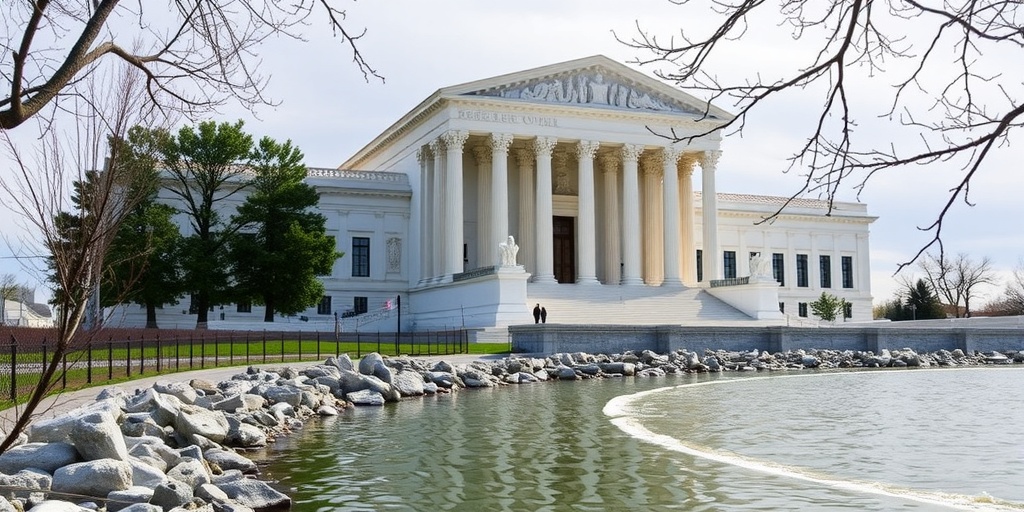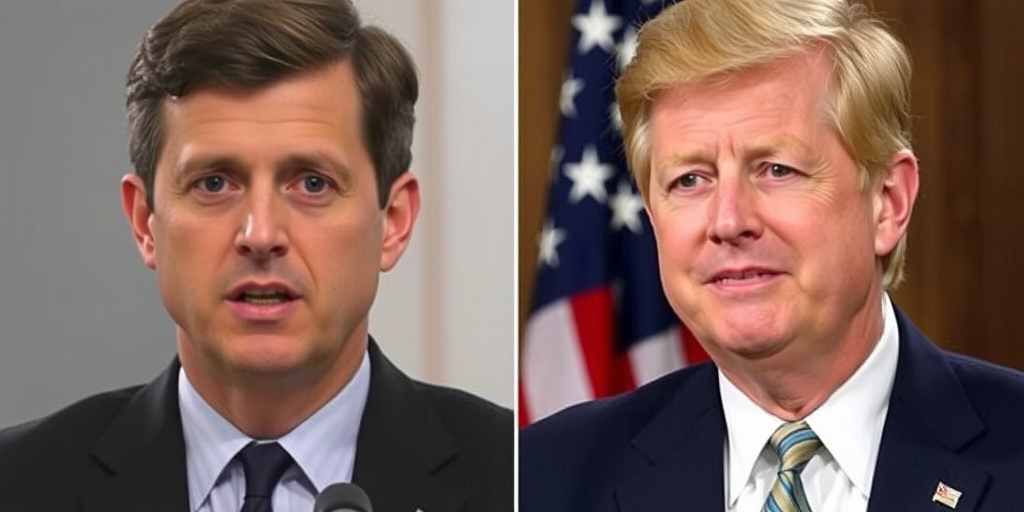Now Reading: Insights on the New Migrant Mission at Guantánamo Bay
-
01
Insights on the New Migrant Mission at Guantánamo Bay
Insights on the New Migrant Mission at Guantánamo Bay

Trump Administration’s Guantánamo Bay Migrant Detention Operation Faces Challenges: Fewer Than 300 Migrants Transferred
In a recent report, it has been revealed that the Trump administration has successfully moved fewer than 300 migrants from an immigration holding facility in Texas to the military base at Guantánamo Bay, Cuba, within a span of just over a month. As of the past weekend, only 40 migrants have been resident at the base, with some individuals spending only a few days there before being returned to the U.S. without any clear explanations regarding their transfers.
On January 29, President Trump announced an ambitious plan to receive up to 30,000 migrants at Guantánamo Bay, whom he referred to as awaiting deportation. In anticipation of these arrivals, the Departments of Defense and Homeland Security initiated the construction of tent accommodations for the expected influx. However, these encampments remain unopened, leaving serious questions about their readiness and suitability for housing such a large number of individuals.
Capacity Concerns at Guantánamo Bay
At present, the operational capacity of Guantánamo is disturbingly low. A recent congressional briefing indicated that the facility can only adequately hold up to 225 immigration detainees at any given time. Currently, the base contains a small dormitory-style building capable of accommodating just 50 men. Any overflow of detainees would likely need to be held in a Pentagon prison facility, known as Camp 6, which previously housed suspected members of Al Qaeda during the War on Terror.
Construction on a planned larger tent city has been stalled for several weeks. Although around 195 tents have been set up, each designed to hold 10 to 12 cots, none of these facilities are currently occupied. Representative Sara Jacobs, a Democrat from California who toured the facilities, expressed skepticism regarding the feasibility of accommodating the promised 30,000 migrants: "It seems clear there’s no plan to get to 30,000 that’s workable in any way," she remarked.
Health and Safety Concerns in the Tent Facilities
The existing tents fail to meet crucial health and safety standards outlined by the Department of Homeland Security. Currently, they lack air conditioning, which is essential for maintaining a livable environment. The presence of mold inside several of the tents has raised further red flags about the adequacy of living conditions. Before the tents can be appropriately used to house individuals described by the Trump administration as "criminal aliens," additional security measures need to be implemented.
Despite plans to upgrade the tents, no actual work has commenced, as noted by Representative Jacobs during her delegation visit.
Information on Migrants Held at Guantánamo Bay
From February 4 to March 7, at least 270 migrants were transported via approximately 20 aircraft to Guantánamo Bay from an Immigration and Customs Enforcement facility in El Paso. The first group of 178 included predominantly Venezuelans, most of whom were sent back to Honduras shortly after their arrival. Just a few have been returned to the U.S., with some detainees now being held in Louisiana.
According to congressional briefings, every person at Guantánamo Bay during the past weekend had already received final deportation orders and originated from a diverse range of countries, including Colombia, Ecuador, El Salvador, Guatemala, Guinea, Venezuela, and Vietnam. However, it remains unclear how these particular individuals were selected from the larger pool of over 40,000 migrants in Homeland Security custody.
Operational Costs and Personnel Involved
The operation at Guantánamo Bay has already cost taxpayers around $16 million, though it’s unclear whether this figure includes expenses related to flights. More than 1,000 personnel, comprising military service members, ICE agents, contractors, and Coast Guard members, are currently deployed for this operation.
Transportation of the migrants is also costly. Reports suggest that charter flights organized by ICE may range from $6,929 to $26,795 per flight hour, depending on aircraft specifications. The Pentagon itself has estimated operational costs for military planes used in these efforts, with a C-17 cargo plane costing approximately $28,000 an hour.
Perception and Political Implications
Despite the administration’s efforts to position Guantánamo Bay as a deterrent against illegal immigration, the slow pace of detainee transfers may indicate a reevaluation of such tactics. Critics view the operation less as a necessity and more as an attempt to project strength and instill fear among potential migrants contemplating unlawful entry into the U.S.
During a visit to the base, Defense Secretary Pete Hegseth stated, “If you break the law, if you are a criminal, you could find your way at Guantánamo Bay.” Such rhetoric suggests a clear intent to leverage the historical connotations of the base as a high-security deterrent.
Conclusion: Uncertainties Remain
As the administration grapples with operational challenges and mounting criticism, numerous questions remain unanswered. Many aspects of the operation have not been disclosed to the public, fueling concerns among immigration advocates and civil rights organizations, who are actively seeking judicial remedies to halt these transfers. A court hearing addressing these issues is expected in the coming days, as stakeholders await clarity on the future of the migrant operations at Guantánamo Bay.
Stay Informed With the Latest & Most Important News
Previous Post
Next Post
-
 01New technology breakthrough has everyone talking right now
01New technology breakthrough has everyone talking right now -
 02Unbelievable life hack everyone needs to try today
02Unbelievable life hack everyone needs to try today -
 03Fascinating discovery found buried deep beneath the ocean
03Fascinating discovery found buried deep beneath the ocean -
 04Man invents genius device that solves everyday problems
04Man invents genius device that solves everyday problems -
 05Shocking discovery that changes what we know forever
05Shocking discovery that changes what we know forever -
 06Internet goes wild over celebrity’s unexpected fashion choice
06Internet goes wild over celebrity’s unexpected fashion choice -
 07Rare animal sighting stuns scientists and wildlife lovers
07Rare animal sighting stuns scientists and wildlife lovers





















